Hello I'm
Maria Dyshel
Social Entrepreneur, Speaker, AI Solutionist
- contact@mariadyshel.com
- San Diego, California

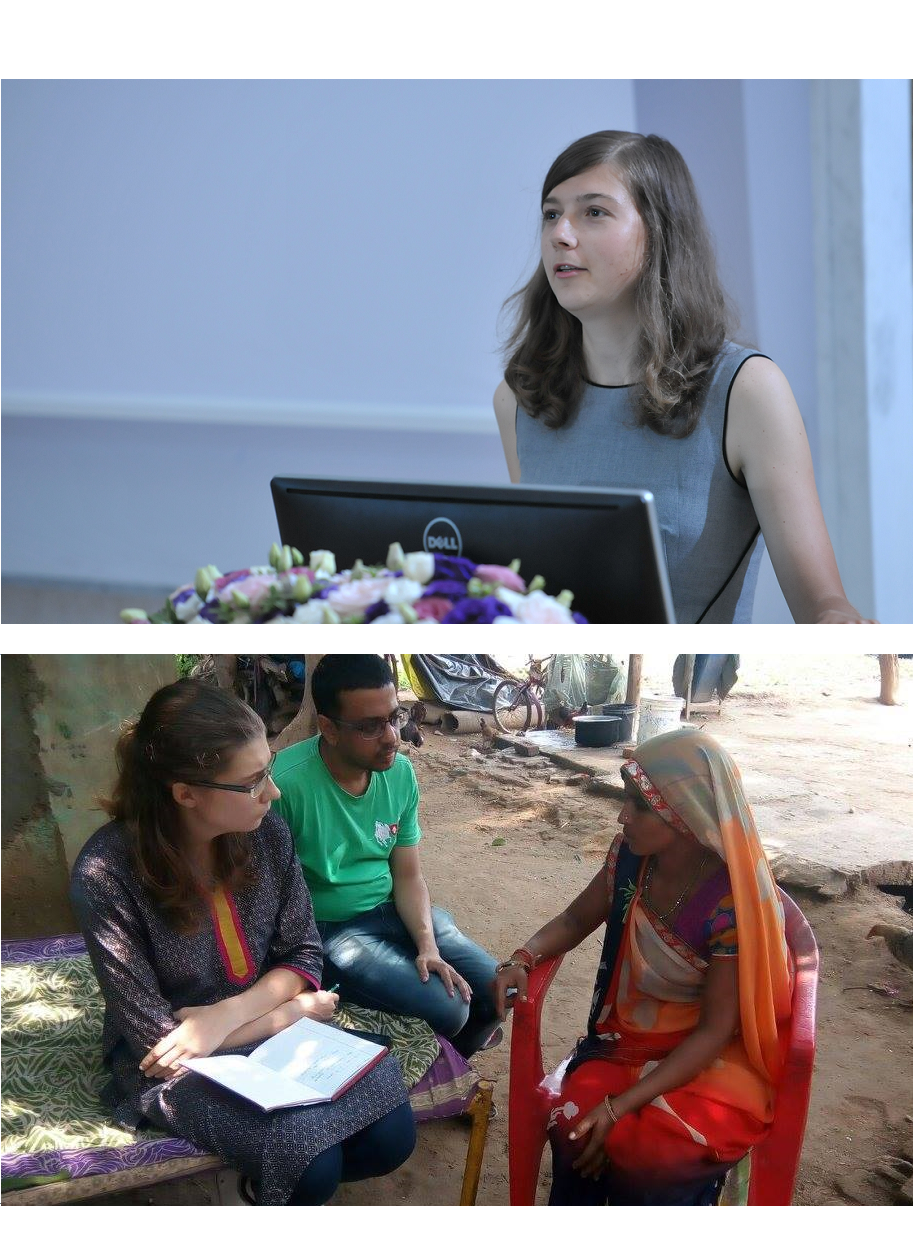
I work at the intersection of technology and social impact. I've recently founded Tangible AI to make artificial intelligence affordable and accessible to the social sector.
Previously, I held a variety of AI-related roles across different fields in industry and academia, from developing algorithms for autonomous cars in Mobileye to establishing a conversational AI program in Sanofi. I am also deeply involved in the social impact sector, having been a volunteer, chapter leader, branch manager, co-founder and board member in organizations like Engineers without Borders, Green Course and Genesis (now Rodaina ).
I'm enthusiastic about how digital technology, particularly AI and chatbots, can help solve humanity's pressing problems. I work with teams and communities around the world, creating technology and digital projects that improve people's well-being and make the world more equitable and sustainable. I also speak about social change, AI and digital transformation.
You can look at my work, download my CV or contact me to find out more.
Wrap is a clean and elegant Multipurpose Landing Page Template. It will fit perfectly for Startup, Web App or any type of Web Services. It has 4 background styles with 6 homepage styles. 6 pre-defined color scheme. All variations are organized separately so you can use / customize the template very easily.
It is a clean and elegant Multipurpose Landing Page Template. It will fit perfectly for Startup, Web App or any type of Web Services. It has 4 background styles with 6 homepage styles. 6 pre-defined color scheme. All variations are organized separately so you can use / customize the template very easily.
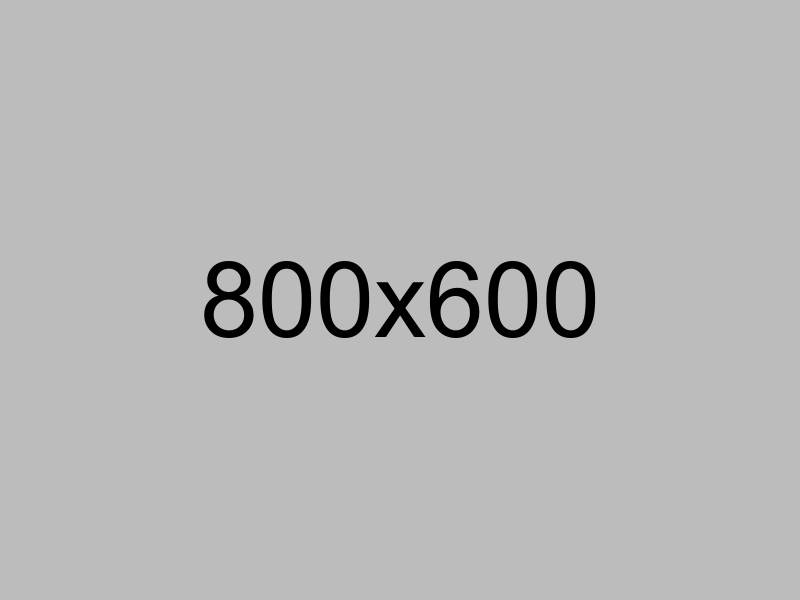
All variations are organized separately so you can use / customize the template very easily.
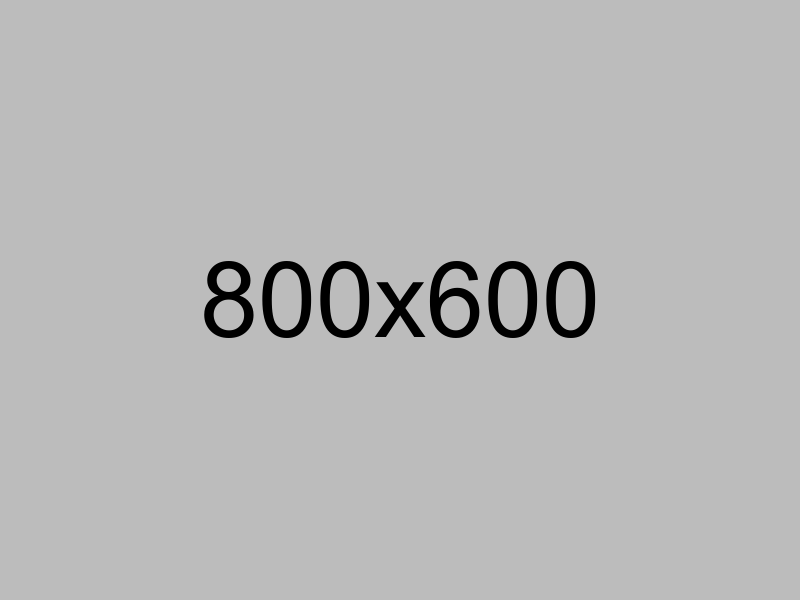
All variations are organized separately so you can use / customize the template very easily.
In my role of Digital Catalyst at Sanofi, I have created from the ground up a Conversational AI program that supported 15 externally-facing chatbots and voice assistant projects.
On the programmatic side, my role included creating a chatbot creation and development process from conception to launch, defining guidelines and standards for each step of the process, co-designing the quality, regulatory and safety framework for qualifying the projects, and launching a multi-channel educational campaign to make the knowledge available and accessible to several hundreds of digital professionals across Sanofi.
As a technical co-lead of the program, I defined and co-led 3-stage vendor selection process for company-wide chatbot pipeline. That included co-writing the RFP and defining qualifying criteria for the vendors; organizing an on-site "hackathon" for participating vendors for hands-on evaluation of technical capabilities.
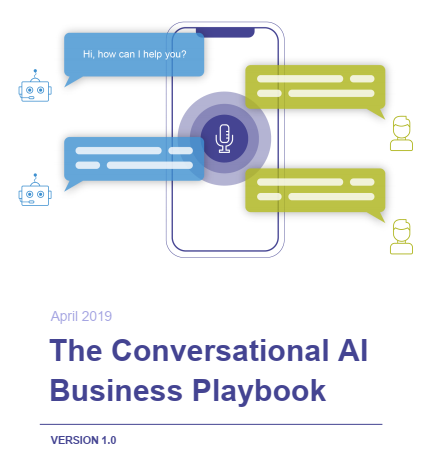
Front Page of Conversational AI business playbook, covering chatbot creating process from conception to launch.
Dulcolax is a $60billion laxative brand and the most popular stimulant laxative in the US. Together with the Consumer Healthcare team in the US and GYANT, we have created a conversational guide to educate users about constipation and help them find the most appropriate Dulcolax product for their needs
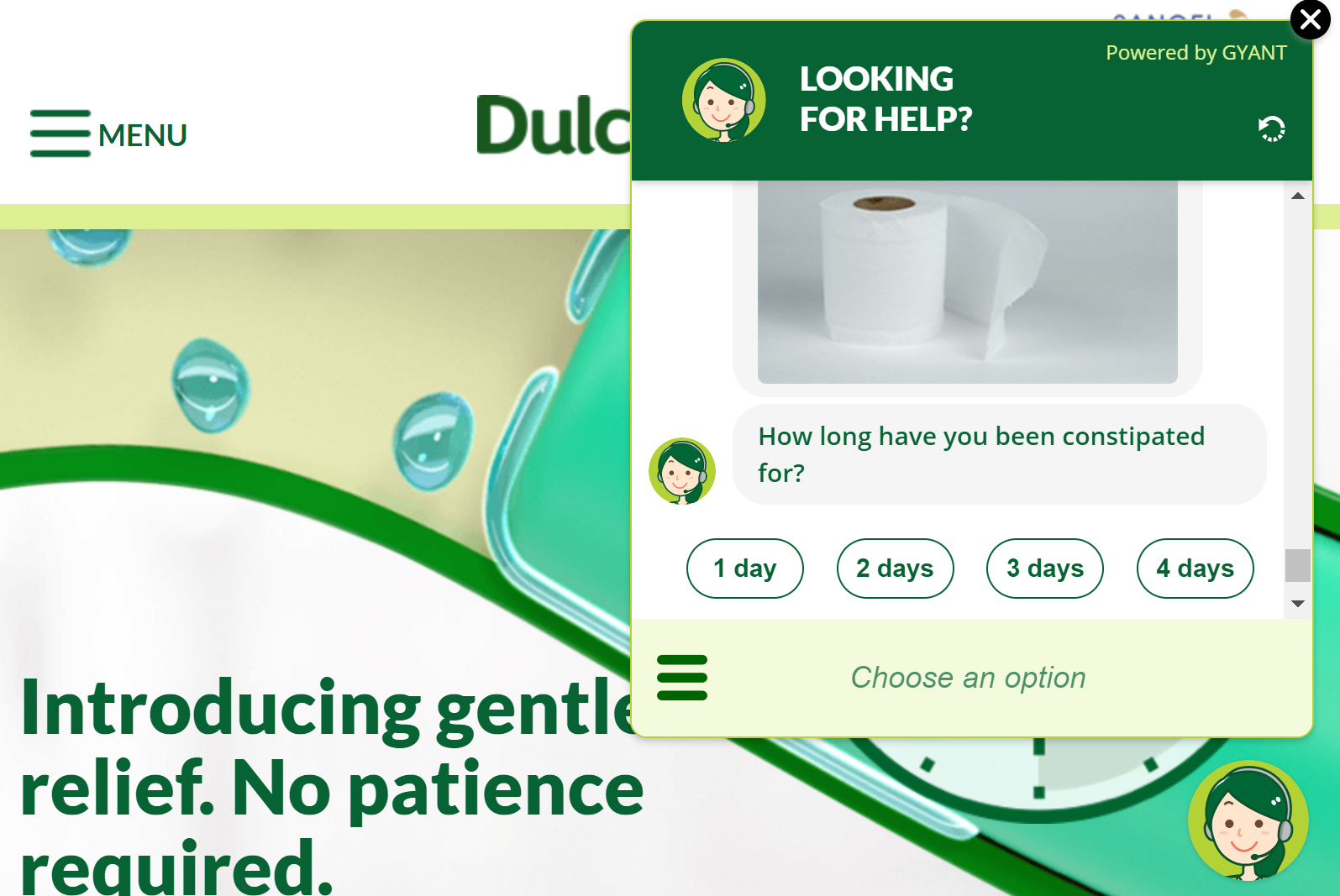
Together with Foundation for Diffusion of Innovations, I have led the development of Sambhad, a mobile clinical decision support application for rural nurses and community health workers in Gujarat, India. I have managed the project from concept to finished product, including UX design, vendor selection and managing the outsourced UI design, development and testing.
During the design phase of developing Sambhad, I directed the project team through a comprehensive UX research that included interviewing more than 10 nurses and community health workers, "shadowing" the health workers at work and talking to all the healthcare ecosystem stakeholders. The application's prototype was developed in iterative manner, from paper prototyping to schematic wireframes to fully-designed UI mockups, with each stage followed by user testing and adjustments. (See illustration)
I have led the process of vendor selection from among more than 10 software development agencies, wrote the product specifications, and managed the development and testing on ongoing basis using Agile methodology. The app was developed in Xamarin using an Azure web app for backend, data management and dashboarding.
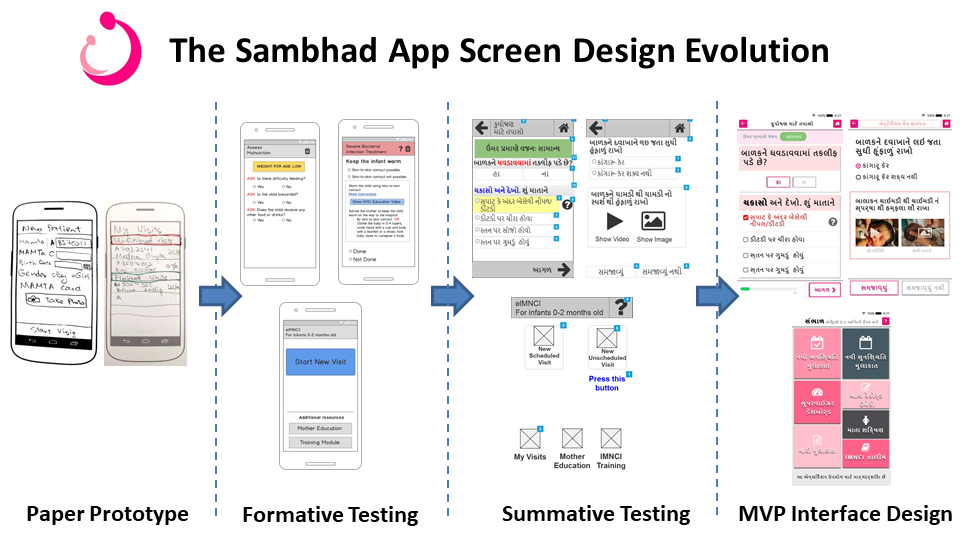
Iterations of Sambhad screen design: from paper prototypes to fully-designed mockups.
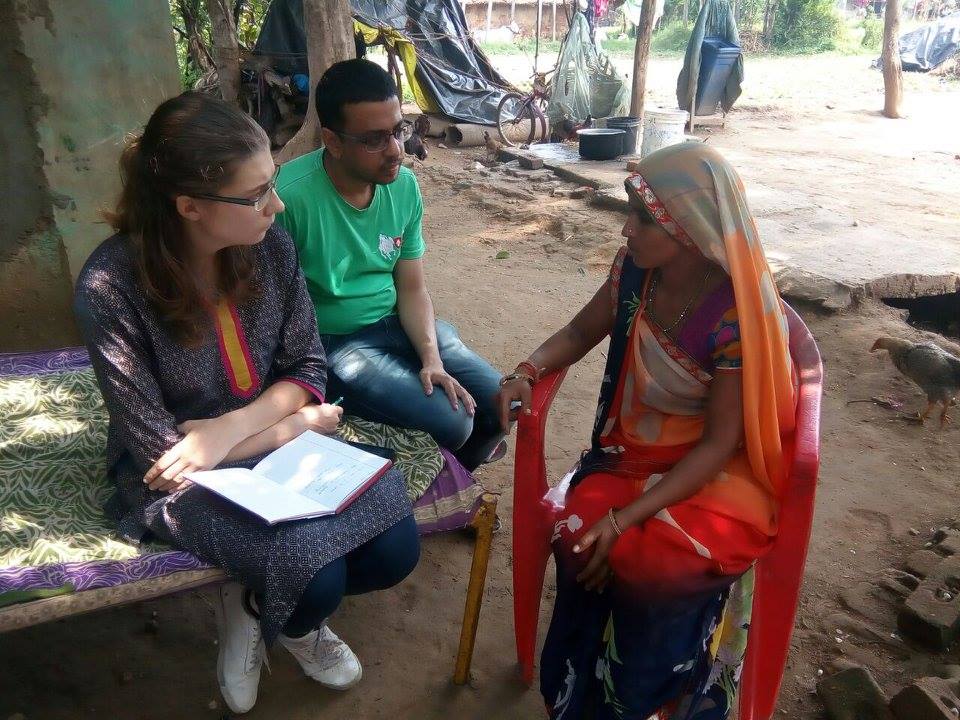
User testing with community health workers near Dahod, Gujarat.
My Masters thesis in Computer Science focused on modeling energy storage devices, such as batteries, in auction-based electricity exchange. This included building an autonomous agent that competed in PowerTAC competition and developing a realistic framework based on Markov Decision Processes to model an energy storage device with the focus on Lithium Ion batteries.
In my research, I have developed a theoretical framework to analyze value creation and extraction by a storage agent in a monopolistic market, and have designed and implemented a model that realistically represents the physical properties of a small-scale storage system. I have implemented a simulation environment which allowed to examine the influence of small-scale storage agents on the market and observe market storage saturation.
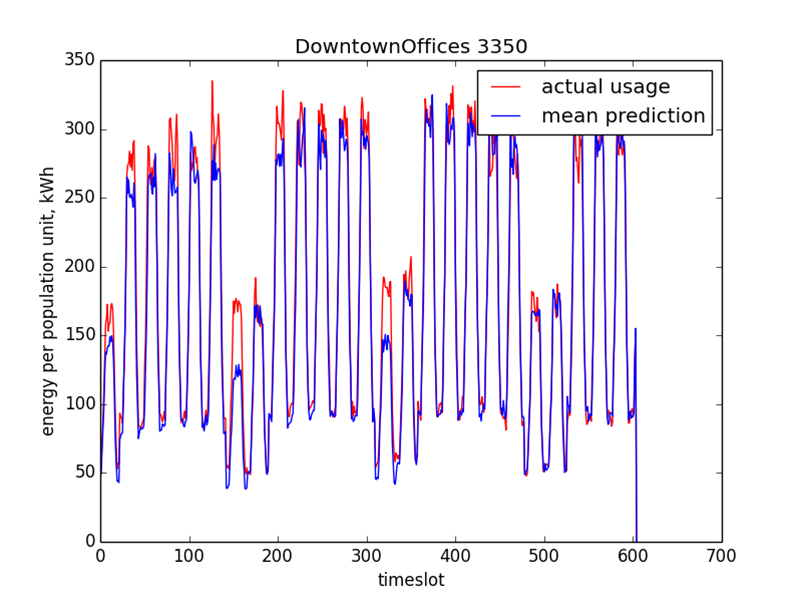
Predicting energy consumption during PowerTAC competition
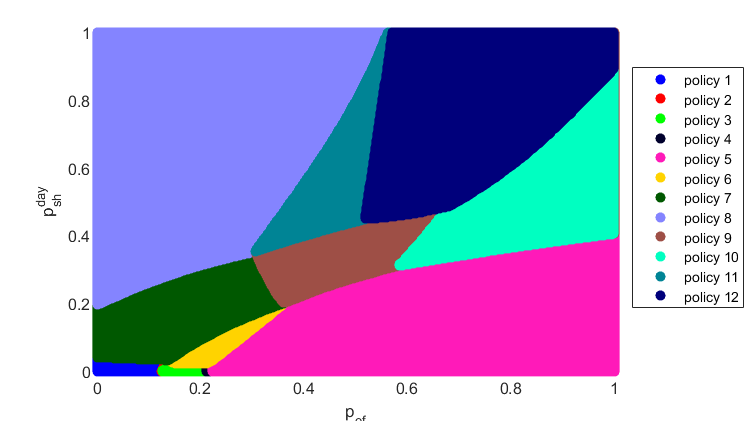
Using phase diagrams to explore behavior of an energy storage agent in a monopolistic market.
As an initial co-founder of the Genesis project for community health (now Rodaina), I have supported the organization's creation and initial growth through its first year.
Genesis strives to reduce the prevalence of genetic diseases in Bedouin community in the Middle East by spearheading genetic testing and community education around genetics and genetic diseases. As a co-founder, I was part of forming the organization’s vision, brand, short-term and strategic plan, as well as creating the network of supporters for the organization inside the community and in the US. I have also led the assessment and initial prototyping of a community-facing portal including genetic health-related information and guidelines, and have assessed other digital solutions to serve the organization's cause.
During my time as a co-founder, Genesis team was included in Forbes Israel 30 under 30 list for 2017, and have raised more than $300,000 from private donors and foundations.
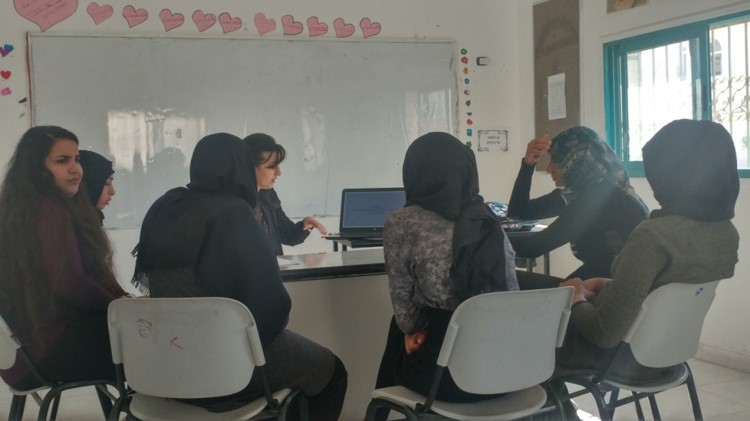
More than 200 students were reached through personalize genetics classess taught by Genesis volunteers.
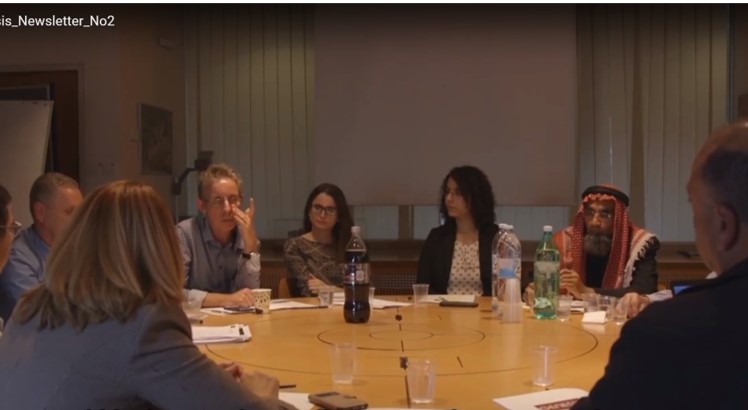
Genesis's mission required bringing together stakeholders from multiple sectors.
My project in Daphna Weinshall's Computer Vision and Machine/Perceptual Learning lab aimed to use motion-sensing technology and machine learning to assist monitoring and treatment of Parkinson’s disease.
Dyskinesia is a symptom manifesting in involuntary movements whose pattern and severity vary between patients. he goal of the project was to devise an automated procedure to quantify the severity of dyskinesia that could be carried out in home conditions. Together with Avi Bergman's neurology team, we created a protocol of tasks that the patients performed in front of Microsoft Kinect camera. We then recorded >20 sessions with 13 patients with different levels of dyskinesia severity. The resulting video clips were then labeled by a practicing neurologist according to a severity that the patient displayed.
The machine learning algorithm I designed to distinguish between dyskinetic and non-dyskinetic motion used Principal Component Analysis (PCA) and Support Vector Machines (SVM) to classify dyskinetic and non-dyskinetic recording micro-chunks. The algorithm achieved sensitivity of 0.82 at EER in classifying dyskinetic motion, and provided a numerical overall score for the severity of dyskinesia, which showed high correlation with the neurologist's assessment of the patient's state. The research was published in an International Conference for Computer Vision (ICCV) workshop.

Illustration of Microsoft Kinect joint recognition.
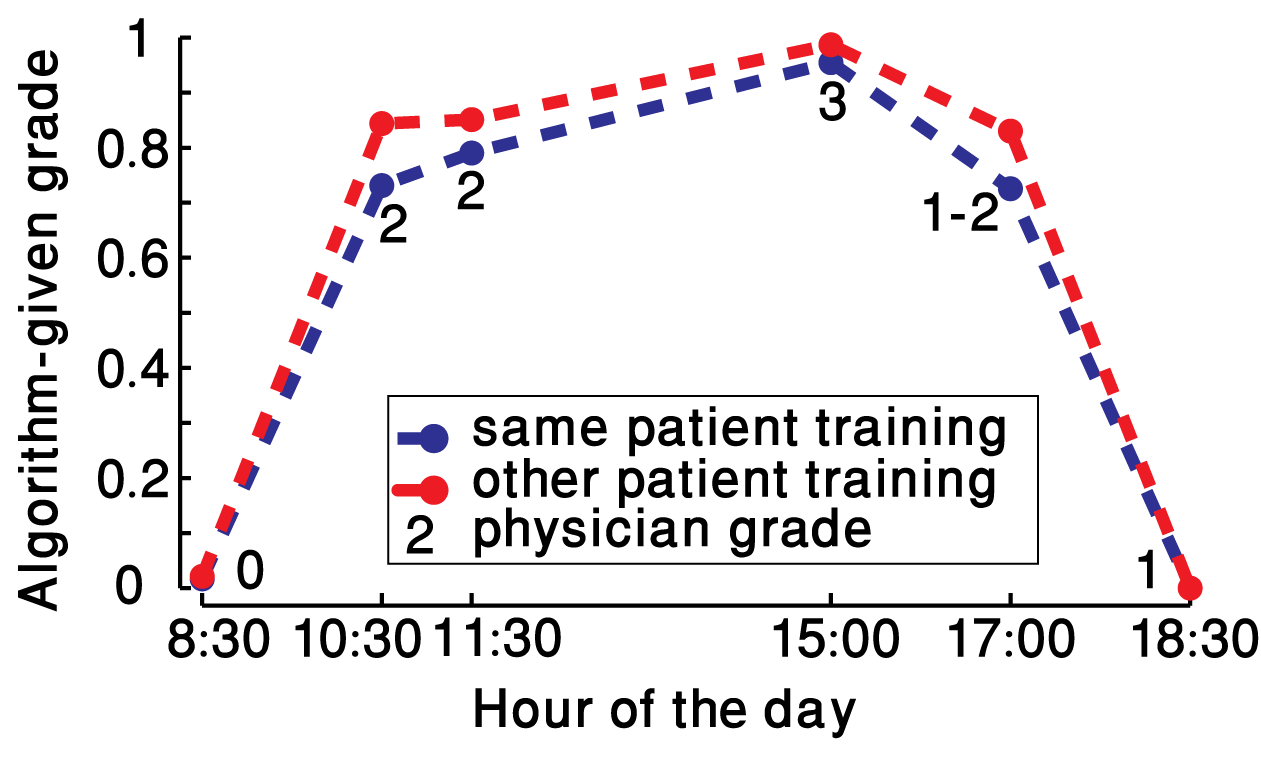
Identifying dyskinesia progression during a typical day of a patient.
As a member of Road algorithms team in Mobileye, I took part in variety of projects, contributing to road feature recognition capabilities of EyeQ(tm) processor.
One of the major projects I was involved in was recognition of road construction in the vehicles environment. In road construction areas, the semi-autonomous features of EyeQ(tm), such as lanekeeping, were programmed to be disabled; therefore, recognizing the areas correctly was crucial to the system's performance. During my work on the project, our team improved the accuracy of construction areas detection from 64 to 86%. Our work was subsequently patented in patent US10150473B2.
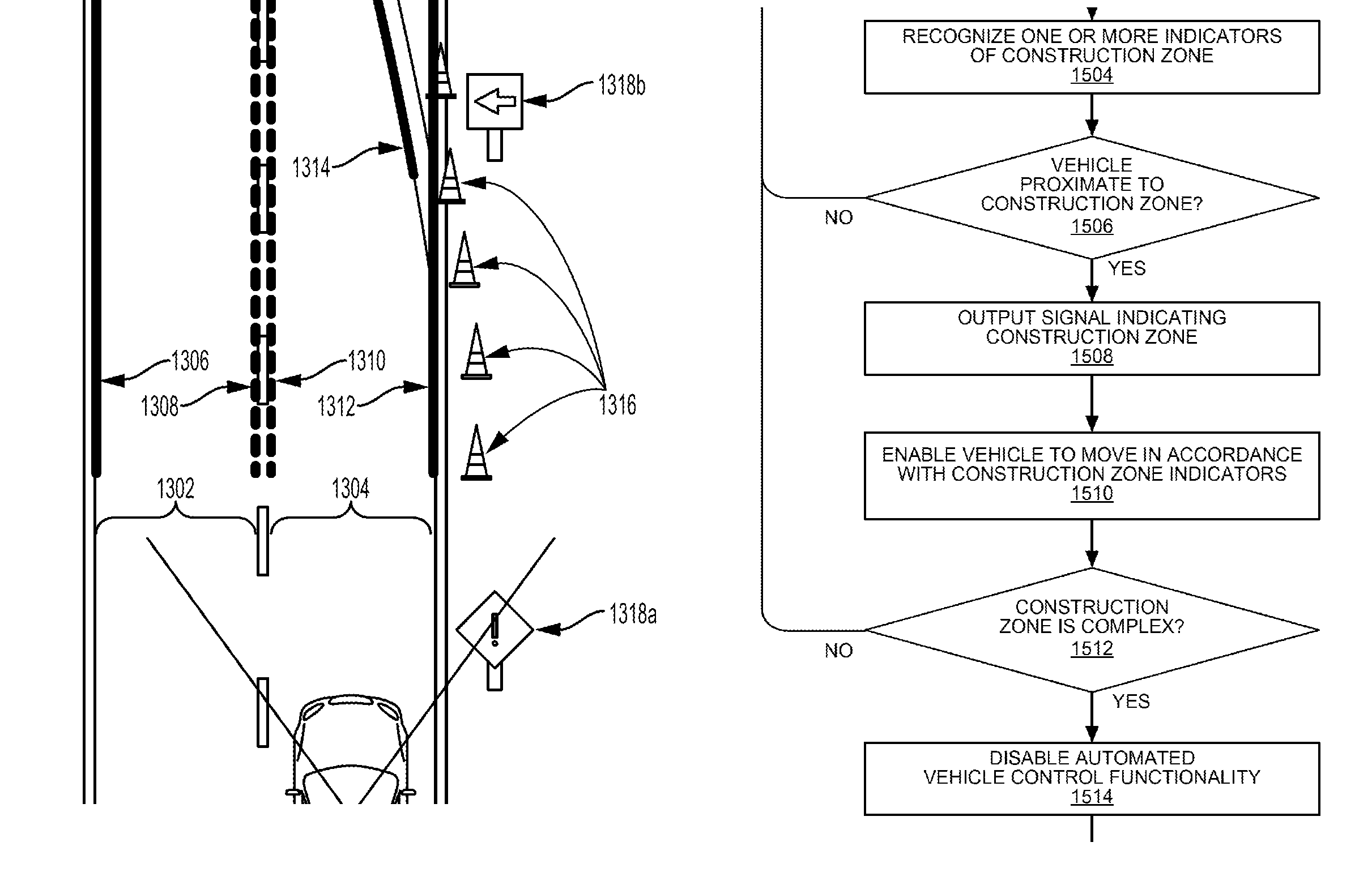
Illustration from Mobileye's patent on road construction area recognition.